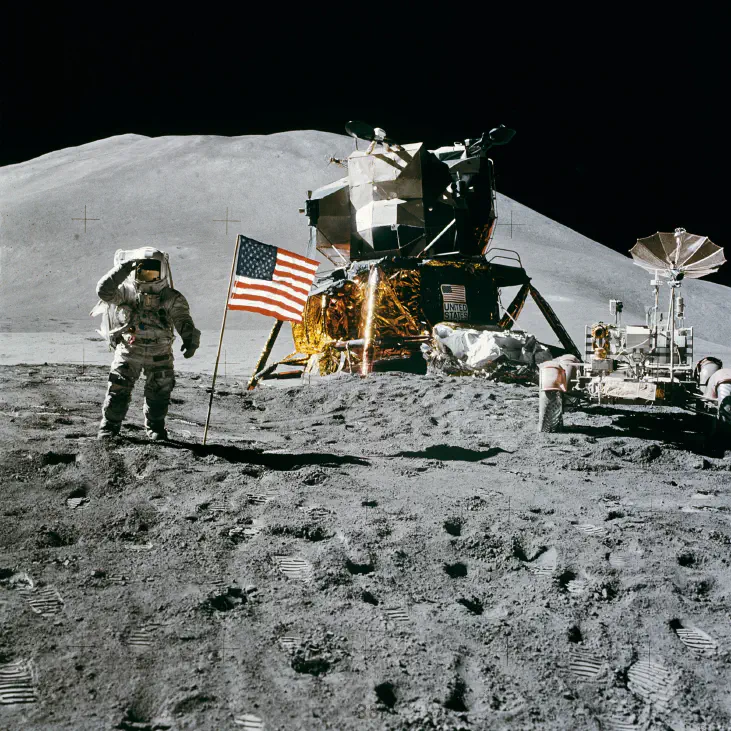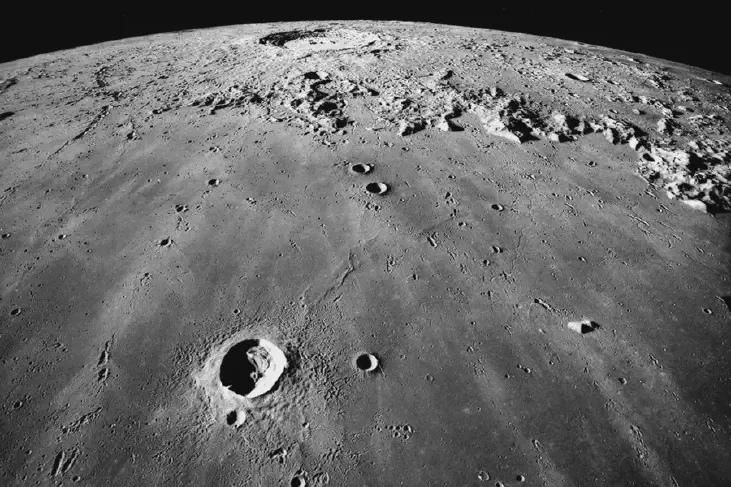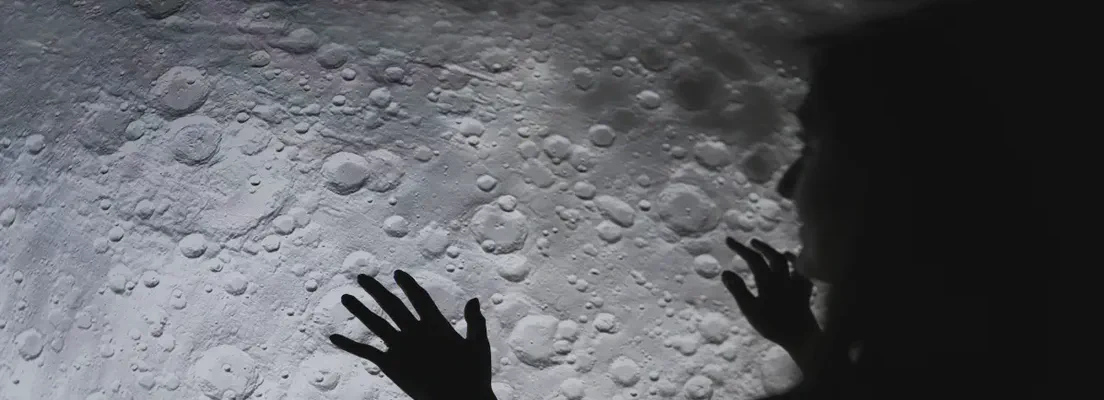For centuries, the Moon has captivated humans with its intriguing features. One of the most puzzling aspects is the fact that we only see one side of the Moon. The explanation lies in the complex interplay between tidal forces and lunar dynamics. In this article, we will delve into the concept of tidal forces and their profound influence on the lunar system, ultimately resulting in tidal locking.

— Pixabay
Understanding Tidal Forces
Tidal forces, also known as gravitational tidal forces, arise from the gravitational interaction between celestial bodies. These forces cause differential gravitational pulls across extended objects. The strength of tidal forces depends on the masses of the objects involved and the distance between them. The closer an object is to a massive body, the stronger the tidal force it experiences.
Tidal forces arise because gravitational attraction weakens with distance. The parts of an object closer to another body experience a stronger gravitational pull than the parts farther away. This creates a stretching effect on the object, leading to tidal bulges or deformations.
Tidal Forces and Earth’s Tides

— AI Generated
Heating of the Moon
Tidal forces also play a significant role in shaping the Moon, such as causing tidal heating and tidal locking of the Moon around the planet. The Moon experiences tidal forces primarily due to its gravitational interaction with the Earth. The Earth’s gravitational force causes the Moon to undergo tidal deformations.

— NASA
The tidal bulges on the Moon are not static but change over time due to the Moon’s rotation. As the Moon rotates, the tidal bulges move across its surface, creating what is known as tidal friction. This tidal friction generates internal heat within the Moon, contributing to its geological activity and volcanic history. It is believed that tidal forces have played a role in the formation of the Moon’s maria (dark, flat areas) and some of its volcanic features.
Tidal Locking of Rotation
While Earth’s tides serve as an example of tidal forces, the relationship between the Moon and Earth goes beyond mere tidal effects. Over millions of years, gravitational interactions have caused the Moon’s rotation to become aligned with its orbital period. This phenomenon is known as tidal locking or synchronous rotation.
Tidal locking of the Moon occurs due to the slow transfer of angular momentum from the Moon’s rotation to its orbital motion. As the Moon’s rotation slows down, it eventually becomes synchronized with its orbital period. As a result, the Moon now always shows the same face to the Earth, while the far side, often referred to as the “dark side” (though it is exposed to sunlight), remains hidden from direct view.
The Role of Tidal Forces in Tidal Locking
The primary factor causing tidal locking of the Moon is the gravitational pull of the Earth. It acts as a torque on the Moon, causing tidal deformations known as tidal bulges. These bulges are not fixed but move across the Moon’s surface due to its rotation. As the Moon spins, the gravitational force continually pulls on the tidal bulges, creating friction within the Moon’s interior. This tidal friction dissipates energy and gradually slows down the Moon’s rotation until it becomes tidally locked.
Conclusion
Tidal forces play a crucial role in shaping the lunar system and its unique rotation dynamics. The gravitational interaction between the Earth and Moon has resulted in the tidal locking of the Moon, where only one side always faces our planet. Tidal forces have left a significant impact on the Moon’s geological history, contributing to volcanic activity, surface features, and the existing mysteries. Understanding tidal forces provides us with a glimpse into the intricate dance of celestial bodies and the fascinating phenomena that define our universe.
Watch more …
- The Geology of The Moon https://www.youtube.com/watch?v=c2DY7xPZxhk
- Ocean Tide Explained https://www.youtube.com/watch?v=3RdkXs8BibE










